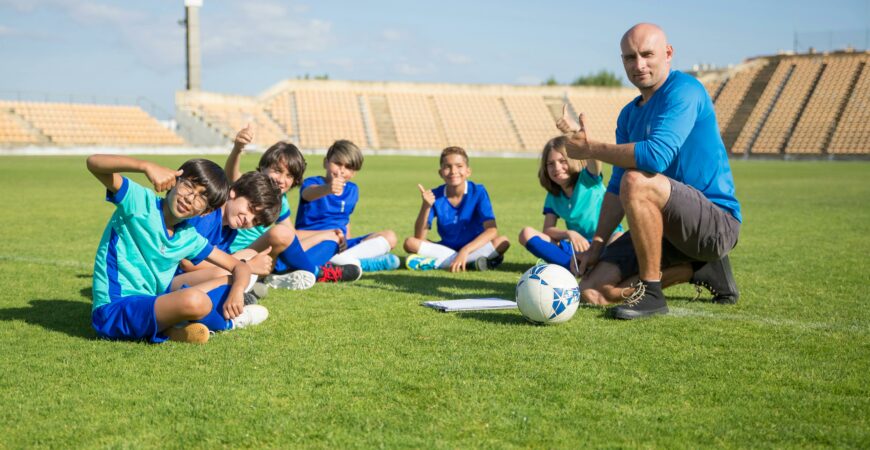Sudden cardiac arrest (SCA) is the leading cause of death in young athletes, with approximately 1 in 50,000 experiencing SCA annually during sports participation. Given the critical nature of these emergencies, having a well-structured Emergency Action Plan (EAP) is essential for ensuring a rapid, organized response that can save lives.
What is an Emergency Action Plan (EAP)?
An Emergency Action Plan (EAP) is a documented protocol that outlines the steps to take when a medical emergency occurs during a youth sports event. It includes key information such as emergency contacts, locations of automated external defibrillators (AEDs), roles of responders, and detailed procedures for handling specific emergencies, including SCA. A strong EAP ensures that all personnel, from coaches to medical staff, are prepared to act swiftly and efficiently.
Writing a Strong EAP
Creating an effective EAP involves several critical steps:
- Identify Potential Medical Emergencies – Consider the risks associated with the sport and ensure the plan covers SCA, concussions, fractures, and other medical crises.
- Assign Roles and Responsibilities – Designate trained individuals to initiate CPR, retrieve the AED, call 911, and direct emergency personnel. Always have more than one individual at the ready in case your primary option is unavailable.
- Map Out AED Locations – Ensure that AEDs are readily accessible and that all staff members know the locations of these devices.
- Develop a Communication Plan – Outline the process for contacting emergency services (if they are not already on standby) and notifying parents/guardians.
- Establish Emergency Protocols – Clearly document the step-by-step procedures for assessing and responding to a cardiac emergency.
- Train and Educate Personnel – Conduct regular training and drills to ensure all involved are familiar with the EAP and capable of executing it under pressure. The One Shot Foundation provides Take10 CPR training upon request for students, staff, and more.
Implementing Your EAP Effectively
A well-written EAP is only effective if properly implemented. To ensure your plan works in real-life scenarios:
- Conduct Regular Drills – Simulate emergency situations to reinforce response times and effectiveness.
- Ensure AED Readiness – Check AEDs frequently to confirm they are functional and have charged batteries.
- Educate All Stakeholders – Coaches, trainers, parents, and even players should be aware of the EAP and their potential roles in implementation.
- Review and Update Annually – Adjust the EAP annually, or as needed, to accommodate changes in facilities, personnel, or best practices.
How EAPs Save Lives
Immediate response is crucial during SCA, as survival rates decrease by 10% for every minute without defibrillation. According to the American Heart Association, early CPR and defibrillation can increase survival rates to over 90%. Having an EAP in place means that those crucial first minutes are not wasted in confusion but are used to deliver lifesaving interventions.
By preparing in advance, sports organizations can ensure a safer environment for young athletes and dramatically improve survival outcomes in cardiac emergencies. Don’t wait for a crisis to happen—develop and implement your EAP today to protect lives on the field.
Parents and guardians, wondering how to get involved? Here is a list of questions you should ask your child’s coaches regarding safety, preparedness, and EAP implementation.

